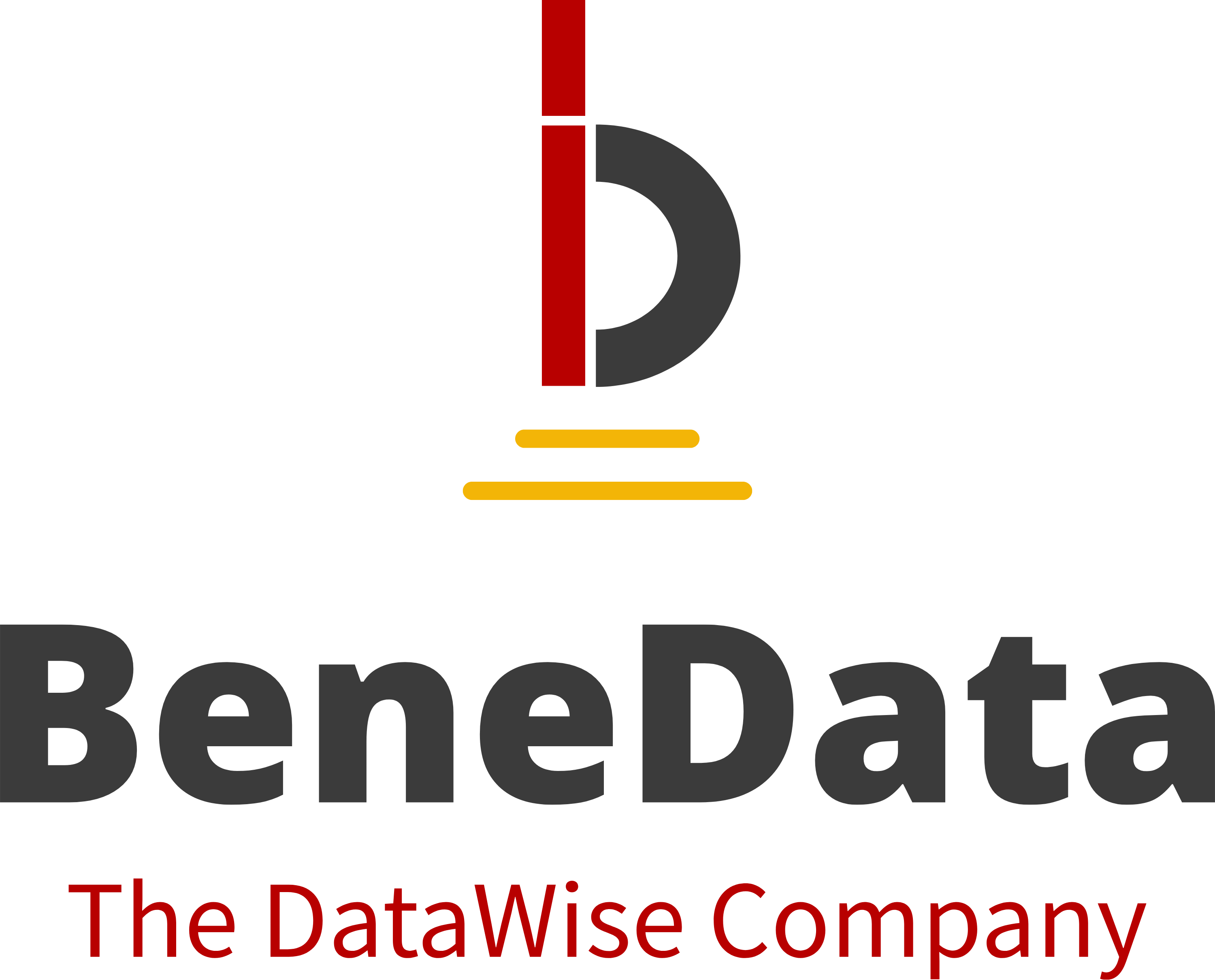Data Services
- Data Collection: Gathering relevant data from various sources. This can include structured data (e.g., databases) and unstructured data (e.g., text documents, social media).
- Data Cleaning and Preprocessing: Cleaning and preparing the data for analysis This involves handling missing values, outliers, and inconsistencies in the data.
- Data Exploration: Exploring the dataset to understand its characteristics, identifying patterns, and generating descriptive statistics.
- Descriptive Analytics: Summarizing and presenting historical data to understand what has happened in the past. This includes measures like mean, median, mode, and standard deviation.
- Diagnostic Analytics: Examining data to understand why certain events occurred. This involves identifying patterns and relationships in the data to gain insights into causation.
- Predictive Analytics: Using statistical algorithms and machine learning models to make predictions about future events. This involves identifying trends and patterns to forecast outcomes.
- Prescriptive Analytics: Recommending actions to optimize outcomes based on predictions. It involves suggesting strategies to achieve desired outcomes.
- Data Visualization: Presenting data and analytical results in a visual format, such as charts, graphs, and dashboards, to make it easier for stakeholders to understand and interpret.
- Statistical Analysis: Applying statistical methods to draw inferences from data, test hypotheses, and quantify uncertainties.
- Machine Learning: Using algorithms and models to enable computers to learn patterns from data and make predictions or decisions without explicit programming.
- Data Interpretation and Communication: Interpreting the results of the analysis and communicating findings to non-technical stakeholders in a clear and understandable manner.
